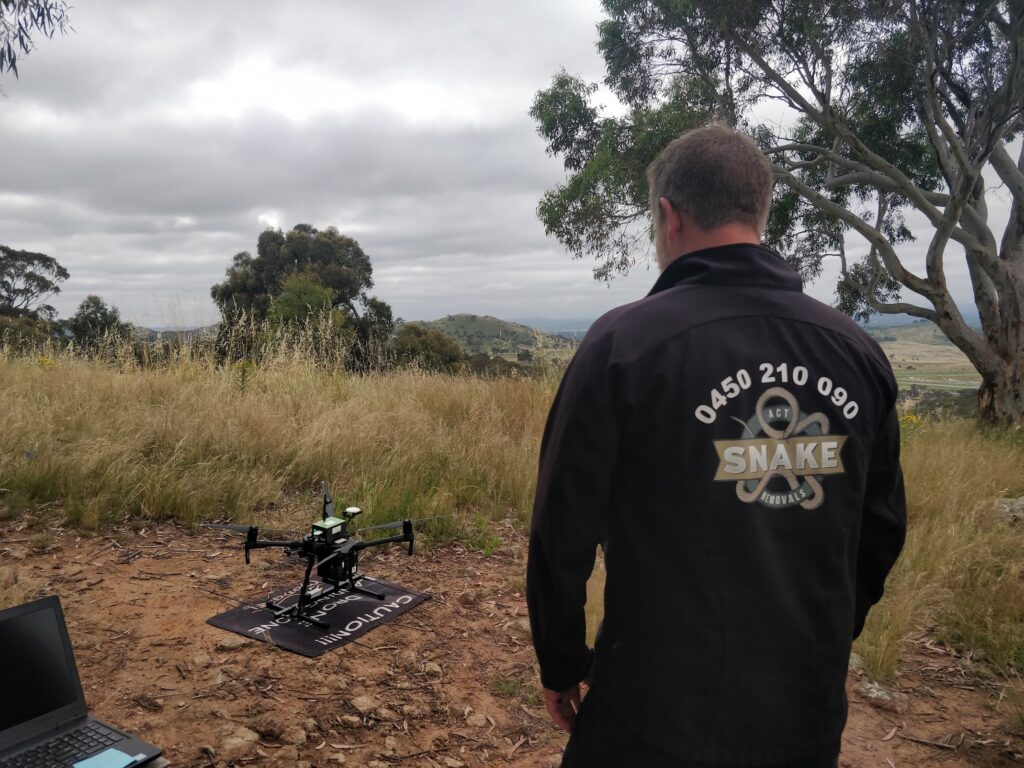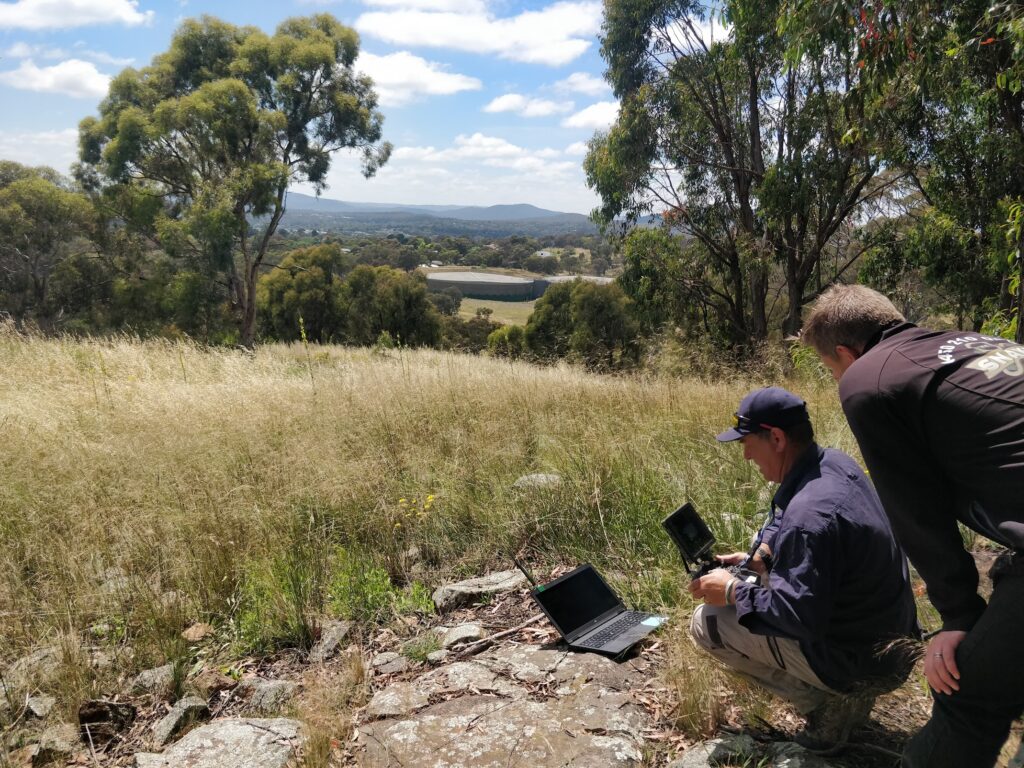Insights
World-first tracking of snakes using drone radio-telemetry
In a world first, drones have been successfully used to radio-track the movements of Eastern Brown Snakes in Australia.
This achievement comes as the result of a collaboration between the Australian National University, ACT Snake Removals and Wildlife Drones, an Australian technology start-up.
Associate Professor Gavin Smith is the lead researcher of a project to track movements of the highly venomous Eastern Brown Snake between suburban areas and nature reserves in Canberra, Australia. However, to date he has had to use manual tracking techniques from on the ground using traditional hand-held radio-receivers which is incredibly challenging and frustrating work.
The hardest thing about studying and tracking movements of these snakes using traditional hand-held techniques is the extensive amount of effort needed to find the snakes when they move in unexpected ways.
This typically results in teams of people walking around holding up hand-held antennas in the air for hours on end while traipsing over rocky and mountainous terrain hoping to pick up a tag signal.
“The radio transmitters are implanted in the snake’s bodies since there is no other way to attach their tags, but this means that the signals from the tags are weak and very difficult to detect when tracking on the ground” said Assoc. Prof. Smith.
“We can also only track one animal at a time, so we have to do the same thing many times over to find all the snakes. Given snakes can move in any direction and the tag signals are weak, it can easily take 12 hours on foot to find a single lost animal, if it can be found at all” he said.
So Assoc. Prof. Smith reached out to Wildlife Drones to undertake the world’s first tracking of snakes using their innovative drone radio-telemetry technology.
The project, sponsored by the local Ginninderry Conservation Trust, aims to understand what happens to snakes that are captured in suburbia and relocated to nearby areas, which is crucial for guiding future translocations, as well as understanding the natural home ranges and habitat use of wild snakes for comparison purposes.

Wildlife Drones’ technology revolutionises Gavin’s work.
So the Founder of Wildlife Drones, Dr Debbie Saunders and her team, met up with Assoc. Prof. Smith to help search for the tagged snakes from the air.
“By tracking from up high, the likelihood of detecting tag signals is increased due to improved line of sight with the tagged animals, rather than the signals being blocked by trees, rocks and buildings on the ground. Our technology can also track up to 40 uniquely tagged animals simultaneously, saving a huge amount of time and effort for the field team” said Dr Saunders.
For over a year, Asso. Prof. Smith and his team of volunteers have been working on the ground searching for his tagged snakes and struggling to keep up with them all. The effort required to track them all also limits the number of animals that can be studied, the amount of data that can be collected and the insights that can be gained throughout the multi-year project.
I’ve been super impressed with what I’ve seen today with Wildlife Drones’technology. Being able to very quickly collect data over vast areas in real time from the drone, which then leads us directly to where the snakes are, is really fantastic, said Assoc. Prof. Smith.
Assoc. Prof. Smith added “It’s been amazing for me to see how easily the drone can move across different landscapes, and that the tags can be detected from further away than was previously possible, so it has been just incredible to see, and it revolutionises my research moving forward.”

About Wildlife Drones
Wildlife Drones is the global leader in drone radio-tracking technology and has created the world’s first animal radio-tracking payload for drones. Combined with our unique mapping software, this system presents a revolutionary solution to protect endangered species and control invasive species.
Wildlife Drones has been working with multiple clients in Australia, the United States and many more countries to track wildlife, invasive species and livestock. Dr Debbie Saunders recently published a viewshed paper on “Radio-tracking wildlife with drones: a viewshed analysis quantifying survey coverage across diverse landscapes”.
Sustainability is at the core of Wildlife Drones’ values. The success of the business is intricately intertwined with the diverse needs of the community and the natural environment itself.
Want to find out more?

